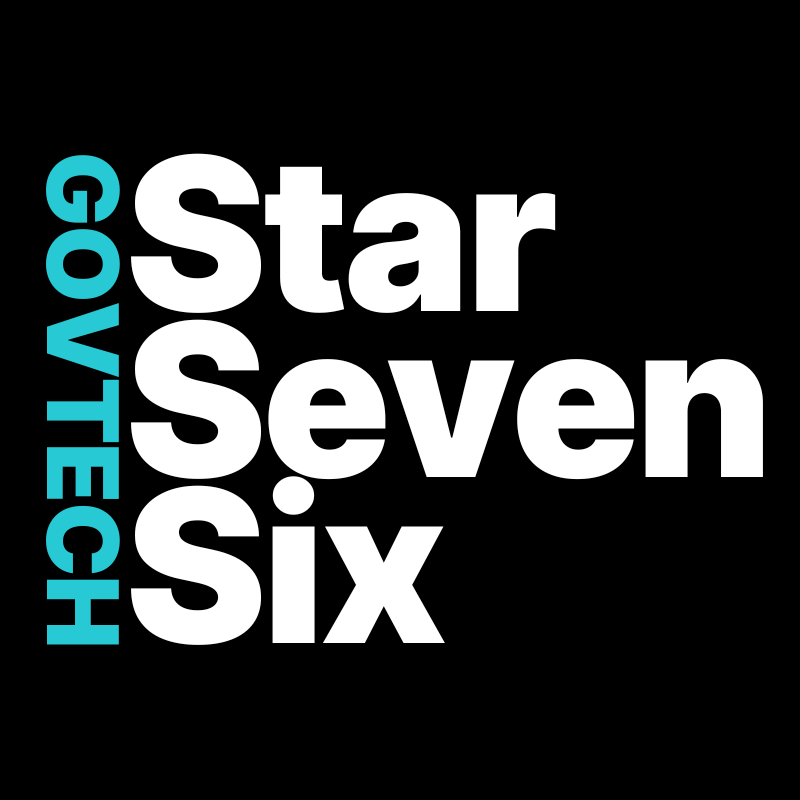Vibe coding is catching fire in the world of software development, but what does it mean for government agencies tasked with serving citizens, ensuring security, and modernizing legacy systems? While the term might sound like startup slang, the principles behind vibe coding are sparking real conversations in public sector IT circles.
As federal, state, and local governments race to attract next-gen talent and reimagine how software gets built, vibe coding introduces both promise and peril. Let’s explore what it really means, and why public sector leaders should take notice.
What is Vibe Coding?
Vibe coding is a style of development that prioritizes team energy, creativity, and collaborative flow over rigid structure and process. Picture a room of engineers working side-by-side, swapping ideas in real time, coding “in the zone,” and making rapid progress not by following a manual, but by feeding off shared momentum and trust.
Originally popularized in startup environments, vibe coding often features:
- Pair or group programming
- Lightweight documentation
- Agile or post-Agile mindsets
- A focus on feeling the right solution vs. diagramming it exhaustively
- Prioritization of team morale and alignment over top-down control
While not formally defined, vibe coding reflects a generational and cultural shift in how developers think about productivity and quality.
Trends, Tensions & Impacts on Government IT
Governments are exploring new ways of working, DevSecOps, Agile acquisition, low-code platforms, but are they ready for vibe coding?
Here’s what we’re seeing:
Trend: Talent Retention and Work Culture
Younger developers entering the workforce are seeking mission-driven work and modern team environments. Agencies competing with private sector salaries must rethink how they support creative collaboration. Vibe coding, when thoughtfully applied, can boost engagement and attract tech talent that cares deeply about how they work, not just what they work on.
Challenge: Governance, Documentation & Compliance
Government projects require audit trails, continuity, and clarity. Vibe coding’s loose structure can clash with federal mandates, ATO (Authority to Operate) processes, and cybersecurity requirements. Agencies must strike a balance between creative flow and operational discipline.
Shift: Agile Maturity in the Public Sector
Vibe coding is an outgrowth of Agile, specifically, from teams that have matured past checklist-driven sprints and into true self-management. Some agencies are getting there. Others are still early in their Agile journey. Misapplying vibe coding without a stable Agile foundation can lead to chaos instead of innovation.
Real-World Examples (and Warnings)
The U.S. Digital Service (USDS) and 18F have shown the power of developer-first cultures in government. These teams emphasize collaboration, direct user engagement, and flexibility, but still maintain strong engineering and security rigor. They show that culture and compliance can coexist when done right.
On the flip side, several state-level “Agile transformations” stalled because the culture change skipped over procurement realities, legacy systems, or siloed org charts. Trying to import a startup coding culture without adapting it for government can lead to burnout, blame, and budget overruns.
Insights for Government Leaders
If you’re considering bringing vibe coding elements into your agency or vendor partnerships, here are key questions to guide the conversation:
- Do we have the right structure to support creative autonomy without losing control? Vibe coding doesn’t mean chaos, it requires trust, clear outcomes, and experienced teams.
- Are we investing in culture as much as in technology? Vibe coding thrives in high-trust, low-fear environments. It’s a leadership issue, not just a tooling one.
- Can our procurement models support flexible, team-driven development? Time-and-materials or performance-based contracts work better than fixed-bid, waterfall-style scopes.
- Do we have mature Agile practices in place? Vibe coding builds on Agile discipline, not a replacement for it.
Bottom Line:
Vibe coding is more than a buzzword, it’s a window into how the next generation wants to build software. For public sector leaders, it’s a reminder that modernization isn’t just about tools and platforms. It’s about people, process, and culture.
Done right, vibe coding principles can help agencies move faster, retain talent, and build software that citizens actually want to use. But it must be adapted, not adopted wholesale, into the structured world of public service.
From the Field:
At StarSevenSix GovTech, we’ve worked with government teams navigating this exact shift. As a veteran-owned consulting firm, we believe in balancing innovation with accountability, and that means helping leaders introduce new working models without sacrificing mission readiness, security, or long-term sustainability.
Want more insights like this? Follow us on LinkedIn for fresh perspectives on government technology, IT modernization, and the future of civic innovation.

